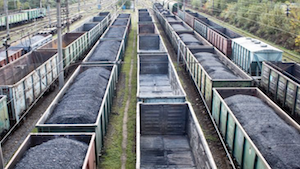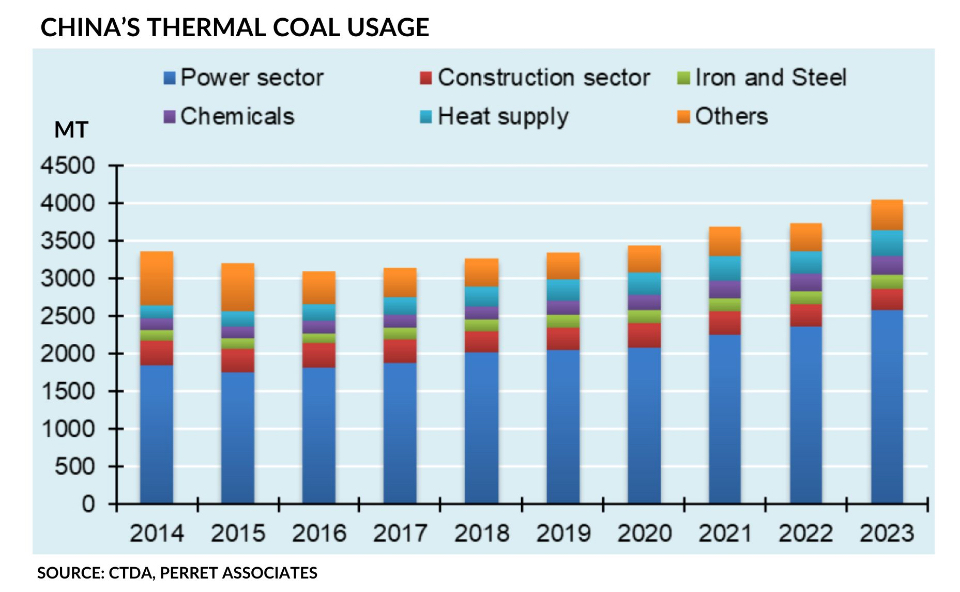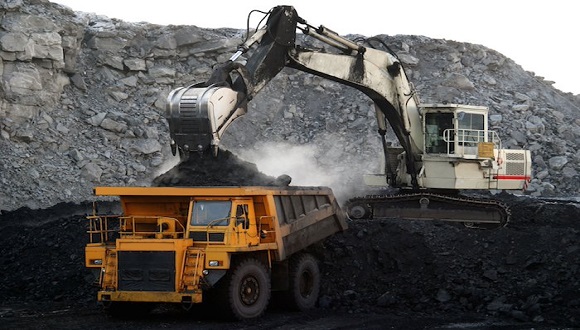

The front-quarter API 2 contract rose nearly 6% on the week to USD 50.15/t, while the front year was 5% higher at USD 57.50/t – its highest since 26 March – ICE Futures data showed.
A coal analyst with a utility said the gains were mostly technical, with wider market sentiment still under pressure from ample supply and sluggish demand.
Montel’s head of technical analysis, Tom Hovik, said the Cal 21 contract would continue to test the “important” USD 58.70/t resistance level next week, with a break above this price paving the way for a rise to around USD 60/t.
Others pointed to support from related markets, with the German benchmark front-year power contract reaching its highest level since early March on Wednesday, thanks mainly to carbon prices achieving four-month highs. Both markets have since retreated.
“Support from other markets is no longer there, so what’s left are technical targets,” said the utility analyst. Market participants also said the paper coal market was drawing some support from surging freight rates, with the Baltic Dry Index – which tracks global dry freight rates – more than tripling on the month to near an eight-month high of 1,738 points.
But this was not due to any notable upturn in coal shipping activity.
“What we have seen over the past two weeks is connected to the Australian majors shipping out as much of their iron ore as possible, just before the end of the financial year – it’s a temporary flurry,” said an dry bulk analyst with a large shipbroking firm.
An analyst with a coal producer said the broader impact of higher freight rates on physical coal movement, and therefore prices, would be limited or even bearish.
“In a normal situation, it’d play a role, but since there is no demand in Europe, the stronger freight has just cut the bridges with Asia, so the possibilities to divert are nil at the moment.”
In Europe, coal stocks at Amsterdam, Rotterdam and Antwerp (ARA) rose to their highest levels since early February, of 6.1m tonnes for four monitored terminals.
A source at one terminal said vessels continued to arrive despite some slowdown in barge shipments to inland coal-fired plants. The EMO terminal at Rotterdam, for example, had four coal-laden vessels earmarked for arrival this week, terminal data showed.
Disrupted supply
Meanwhile, recent market concerns regarding disrupted supplies from Russia and South Africa largely abated.
State-owned Russian Railways late last week opened an alternative route for railed coal shipments to the previously cut-off export hub of Murmansk.
The port would be able to handle capesize vessels and load coal from early July, said Murmansk port’s general director, Alexey Rykovanov, in a note.
And South African rail operator Transnet Freight Rail on Wednesday reopened the second of two lines serving the country’s main coal export terminal at Richards Bay, after a derailment closed the route last Thursday.
Despite the disruption, the Global Coal Richards Bay index was seen last down 7.8% on the week at USD 50.17/t – its lowest since early May – with port stocks high and export demand still relatively muted.
Follow Montel on Twitter:
[tfws username=”montelnews” height=”700″ width=”350″ theme=”light” color=”#FAB81E” tweets=”2″ header=”yes” footer=”yes” borders=”yes” scrollbar=”yes” background=”yes”]













